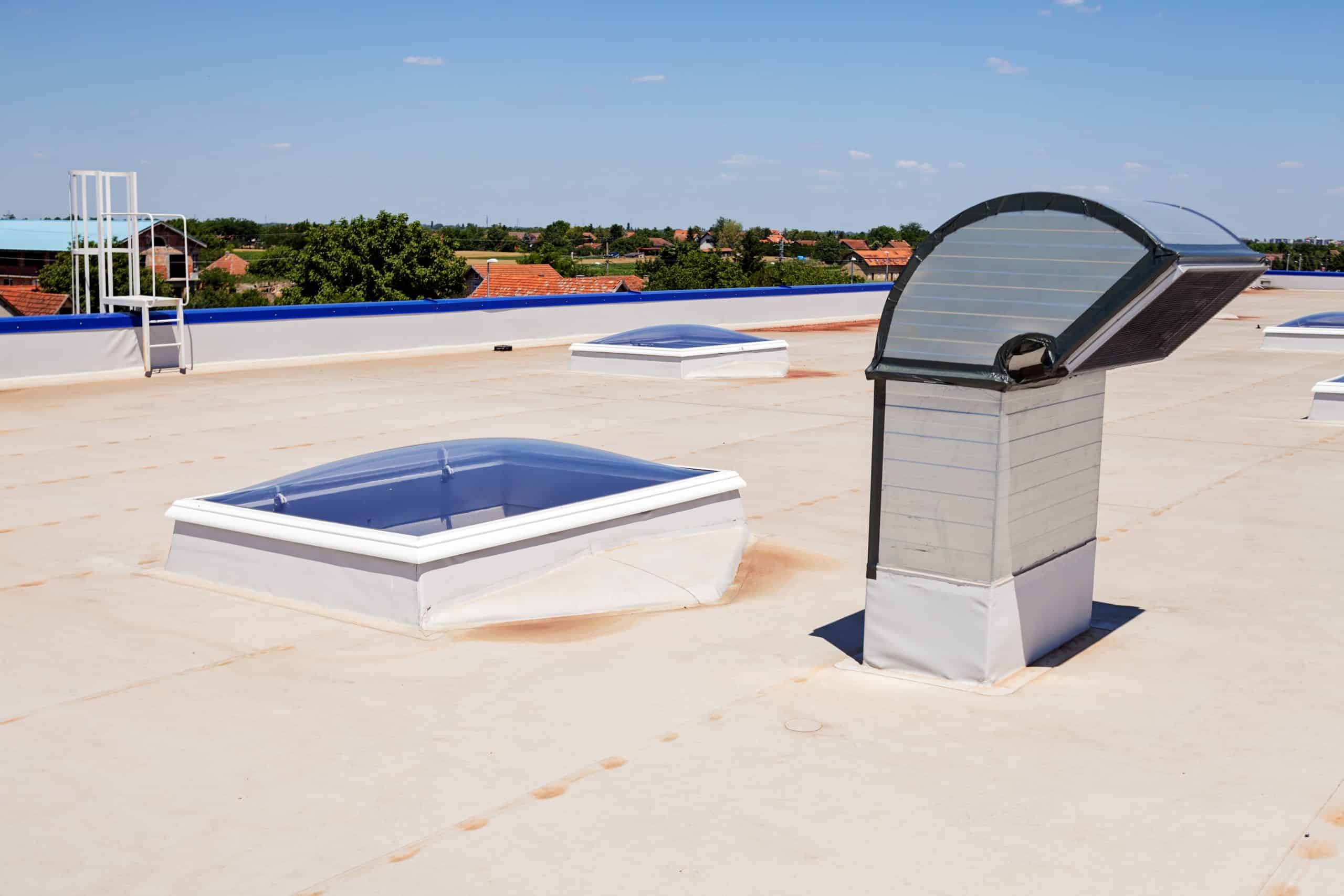
The roofing industry has undergone remarkable changes over the last few decades. Roofing contractors appreciate advancements for the ease and speed at which jobs can be completed, ultimately creating more revenue. Property managers and owners love the cost-saving aspects of advancements in the field due to increased appeal and durability for a long-lasting investment.
Installation Advances
In the early days, some roofing material was made out of miscellaneous materials. For instance, asphalt shingles were originally manufactured from a base material from cotton rags. Over time, the rag-base was replaced by cellulosic reinforcements made with recycled paper, cardboard, and wood fibers.
When the 70s and 80s hit, roofing shingles were being made from fiberglass mat reinforcement replacing interlocking shingle designs. This is mostly due to the fact that it was newer, easier to install, and laminated.
Tools
With new advancements in installation, tools have also evolved for roofers. During the old days, roofers relied heavily on hammers, but now they use nail guns to speed up their process. But with any new advancements, there are still some old-school roofers who still prefer to use a hammer.
Delivery
One of the harder tasks when installing a roof was carrying heavy shingles or other material bundles up the ladder to the roof. Now, roofers opt to have the roofing materials delivered directly to the rooftop to speed up the process. Thanks to fleet cranes, packs are delivered directly to rooftops. Additionally, this eliminates any safety issues from carrying heavy items up a ladder and risking falling off.

Technology Advances
Typically, technology is usually associated with computers, laptops or cellphones, etc. However, the roofing industry has seen a lot of developments from roofing manufacturers evolving and adopting technology into their process.
For instance, multi-layer laminated shingles were made by hand. But in order to meet demands, manufacturers had to engineer a process to produce laminated roofing products quickly and efficiently through computers.
Lamination
With the uptick in businesses utilizing computers to push their business goals forward, it only makes sense that the roofing industry also benefit. Computer-generated engineering helps produce large quantities of shingles unique to the job. It also improved product uniformity in terms of raw material use, weight, product, appearance, and dimensional control. This way, variety will always be readily available for customers and ensure each product looks exactly the same with no flaws.
Color
Before the introduction of computers in the manufacturing industry, color variety was limited. But property managers and owners now have the options to choose from traditional roofing colors and custom combinations with budget blends designed to look like more expensive alternatives.

Manufacturing and Accessory Advances
With tech advances and growing demands from roofing contractors, manufacturing has seen a lot of tech advances. These changes have affected the design and installation processes which brought about major improvements for manufacturing.
Granules
With the introduction of enhanced features in certain products, granules saw major improvements. It now features an algae-resistant additive. This is an important innovation because it helps prevent unsightly black streaks and stains. Additionally, granules now have UV stabilizers to prolong the life of roofs and maintain aesthetic appeal.
Size
Sizing played an important role in how quickly roofs were installed. Larger-sized shingles increase nailing zones to create better-looking roofs that are easier to install. It also gives the technician added space to safely nail it down.
Packaging
Depending on the time of year, how the material is packaged can play a role in whether or not it survives. Now, shingle packs are plastic-wrapped to avoid moisture damages to underlayment before it’s even on the roof.
Parts
Water and ice-resistant membranes added to underlayments prevent damage. Specially created seam covers avoid the need to make cuts by hand that can be both messy and costly, improving the overall installation process and the cost.
Learn more about how we can apply our years of experience with roof installations and the most recent advancements in the roofing industry to meet your needs and exceed your expectations. Contact General Roofing for a free estimate today!





Recent Comments